Jersey Cow for Your Small Homestead – Top 3 Reasons You Need One
Mooooove over, fellas! Jersey milk cows are not just for dairy farms anymore. A shift over the last few months has made milk cows a sought-after commodity for people interested in living a more self-sufficient lifestyle. Families are growing small gardens in their backyards. Rural homes are taking more seriously the need to be self-reliant. Adding a milk cow to a small homestead is a crucial component to achieving an independent lifestyle.
Why Do I Need a Jersey Milk Cow?
Having a jersey milk cow, especially in the current economy, is a crucial part of achieving self-sufficiency. Relying on the local grocery without any backup plan is not a wise move. From worldwide pandemics to crazy weather patterns affecting the global food chain, the ability to obtain the food you need to survive could be compromised at any time.
If you are asking yourself if you need to have acres of land to accommodate a jersey milk cow and produce some vegetables and other small crops, the answer is no. Even a small amount of land – between 2 and 5 acres – is ideal for raising some chickens, growing a large garden, and housing a milk cow. For this article, we will focus on the benefits of owning a milk cow.
Milk is the main ingredient in other products
Butter, cheese, yogurt, and raw milk kefir are just a few of the products made from milk. The list of recipes using milk as the main ingredient is extensive. Having a milk source in your corner is a smart move. Added with a few other ingredients, and you have everything needed to create multiple recipes and food items for your family.
Raw milk is a healthy part of your diet
Raw milk is not only fantastic for making a variety of foods, but it also is better for your health. Unpasteurized raw milk from a Jersey cow, when handled correctly, has many beneficial enzymes, vitamins, minerals, and healthy bacteria your body needs to maintain health and wellness.
Milk from Jersey cows is great for A2 milk
A movement toward the production and consumption of milk from A2 sources like Jersey cows is underway. A2 milk is lacking in A1 B-casein proteins that are attributed to milk allergies and other digestive issues in some individuals. Jersey cows are one of the breeds that are genetically engineered to produce A2 milk.
Raising a Jersey Cow is not that hard
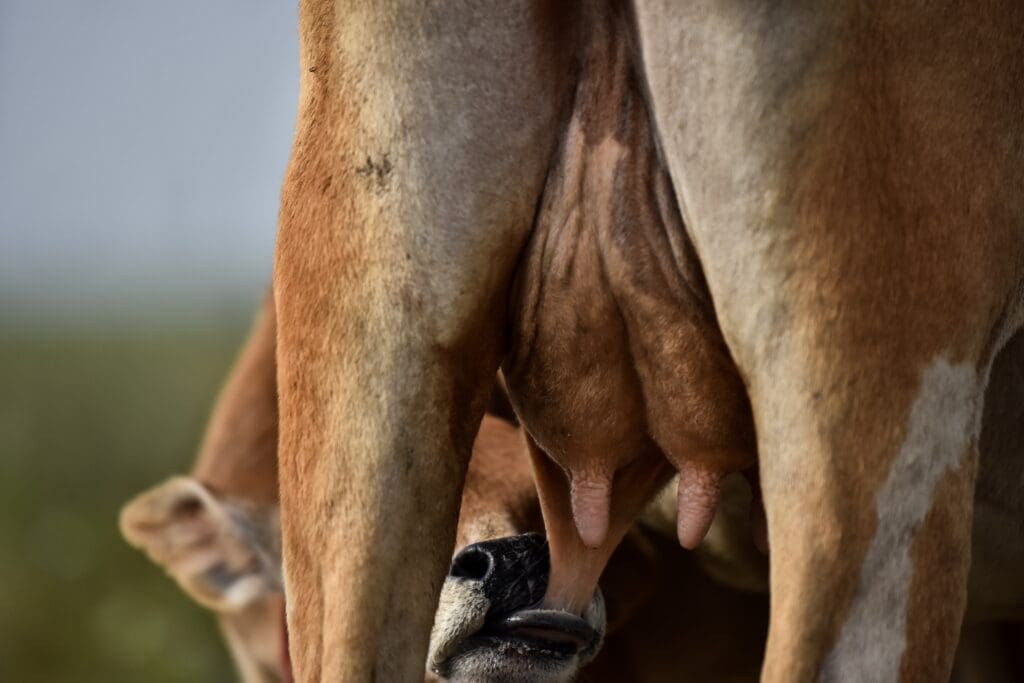
A Jersey milk cow is not that different from any other animal. It will require shelter, food, and water. You also will need to learn how to milk your cow, but that is not a difficult endeavor.
Shelter is a priority for your Jersey milk cow.
We have a small two-stall barn on 5 acres, and it is more than enough space to house our Jersey cow. The barn has a covered portion for shade and a corral portion that connects with 5 acres. Our cow is free to roam and graze if desired. Miniature Jersey cows require even less space for shelter.
Food is important if you want your cow to produce ample milk.
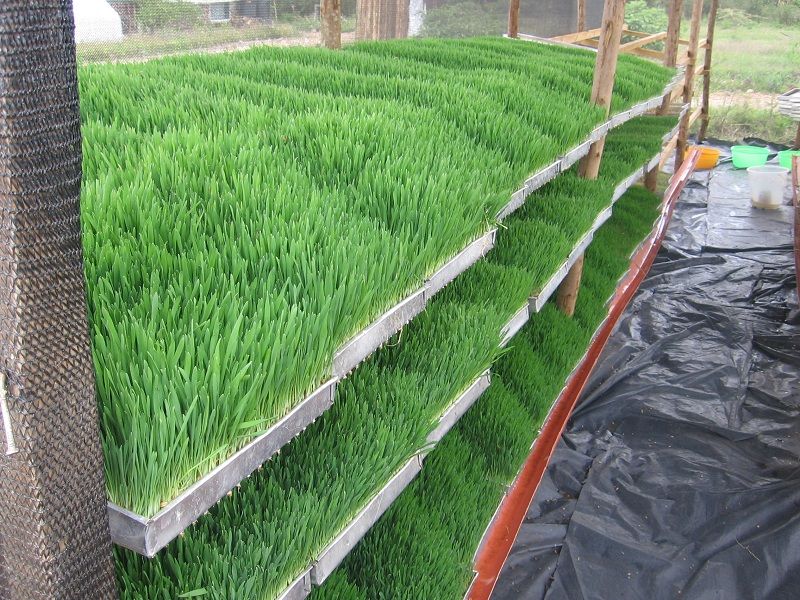
We live in the high desert of northern New Mexico. There are no green fields here and lack of natural water is an issue. We supplement with alfalfa hay to accommodate. If you live in a climate with an abundance of water and fresh, naturally-growing grass, you are ahead of the game.
Livestock feed, known as fodder, can be substituted in the absence of naturally growing grass. Fodder can be grown hydroponically, much like vegetables, flowers, and other plants. Hydroponic fodder systems commonly are used for sprouting cereal grains like barley, oats, wheat, sorghum, corn, or legumes. Alfalfa and clover, as well as cowpeas, can be grown hydroponically. There are many fodder systems available. We provide schematics to help you build one yourself.
Jersey milk cows love salt blocks, barley grain, and alfalfa pellets, so you can always supplement their diet with any of these. Our cow loves a little treat of fermented barley grain. It has the added benefit of increasing milk production.
Great water makes great milk
Water from a fresh source is required for your cow to produce milk. Water troughs are available through local hardware stores that are capable of providing enough water for your cow. Avoid using water from a source that uses a water-softening system. The salt used in those systems can negatively affect your cow’s milk production.
If you are milking your cow yourself, there are a few other things you may want to have on hand. Udder balm, iodine spray, milking pails, cheesecloth, dewormer, brush, halter, and lead are among the items you will find handy.
Hand milking or machine milking
The most significant adjustment I had to make was getting used to hand milking. For the first two weeks, my hands were sore and swollen from milking twice a day. So I caved and purchased a setup from simplepulse.com. Best decision EVER! I love this machine. Having this machine has made me love having a cow even more than I already did. If you are OK with hand milking, more power to ya. But in my opinion, it is well worth the investment if you can swing it.
You Don’t Have to Go It Alone
If you are thinking that owning a Jersey milk cow sounds like a great idea, but you’re still a little freaked out about the amount of work involved, there is another option. Consider approaching it like a co-op, where you share the cost of the cow, food, and milking responsibilities with another person. This is how we currently handle our Jersey cow. We own two-thirds of the cow, and our friends own the remaining third. We have barn facilities, so we keep the cow at our place. Our friends share in a third of the expenses and a third of the work. They also get a third of the milk for their efforts.
Having a co-op arrangement works well, especially when we need to go somewhere and are not available to care for our Jersey. We know there will always be someone to do the milking and help out with the animal’s care in our absence.
Have tips about owning your own Jersey milk cow? We would love to hear about them in the comments.
In our kitchen, we only use cultures from Cultures for Health.
Get yours here and start culturing today.
Popular Articles
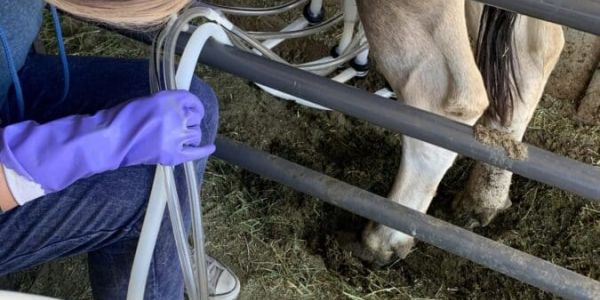
Jersey Cow Milking 101: Follow These 6 Tips for a Smoother Milking Process
Newsletter
Get signed up to get latest updates and new information from the Jersey Milk Cow!
Comments (2)
Leave a Reply Cancel reply
This site uses Akismet to reduce spam. Learn how your comment data is processed.

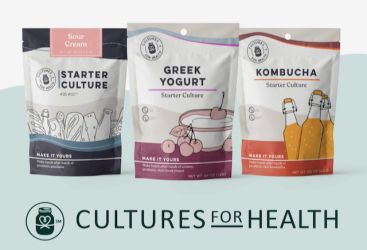
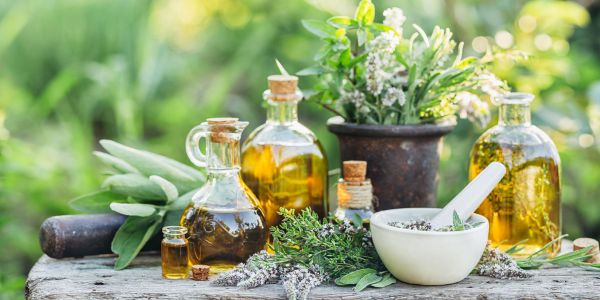
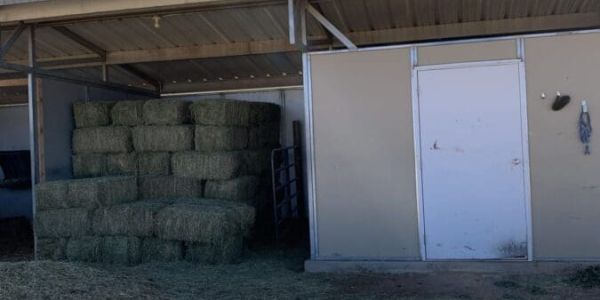
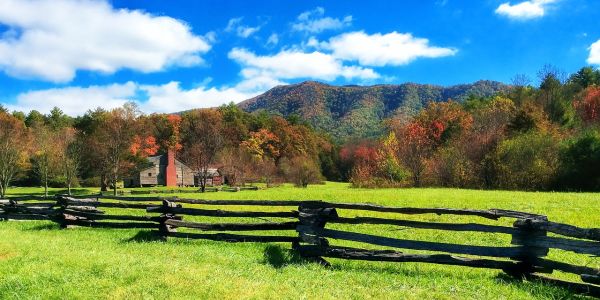


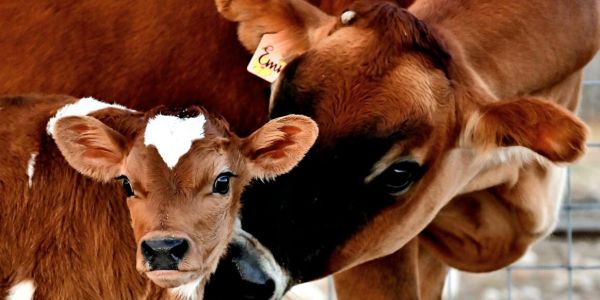
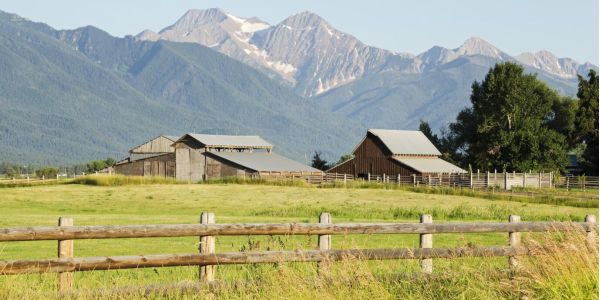
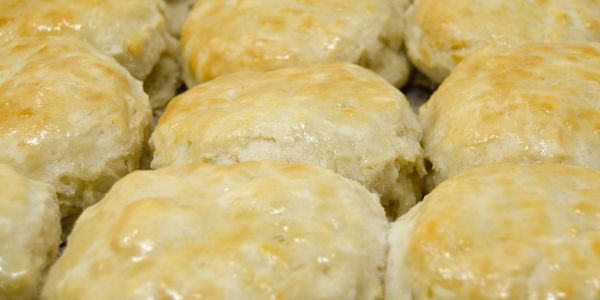

Looking to buy young jersey cow in Maryland. Can’t find a place to purchase a jersey cow.
We live near Gallup, NM and have been shopping for a family Jersey cow for several years but haven’t taken the leap. Are you open to visitors to see your operation?